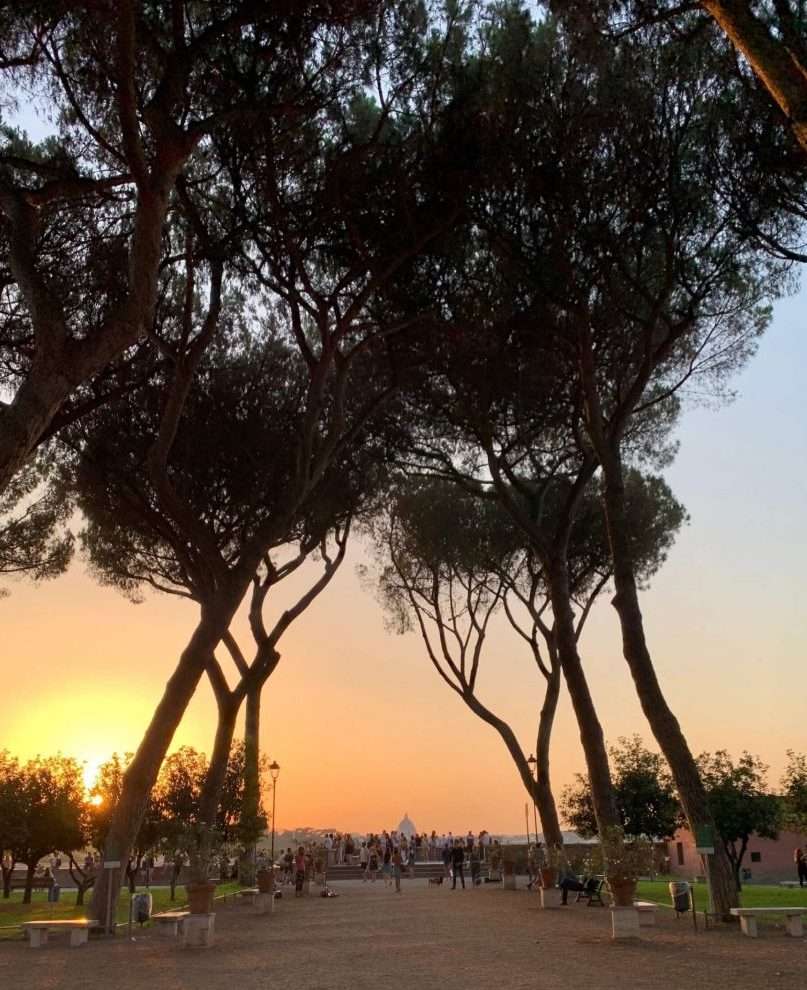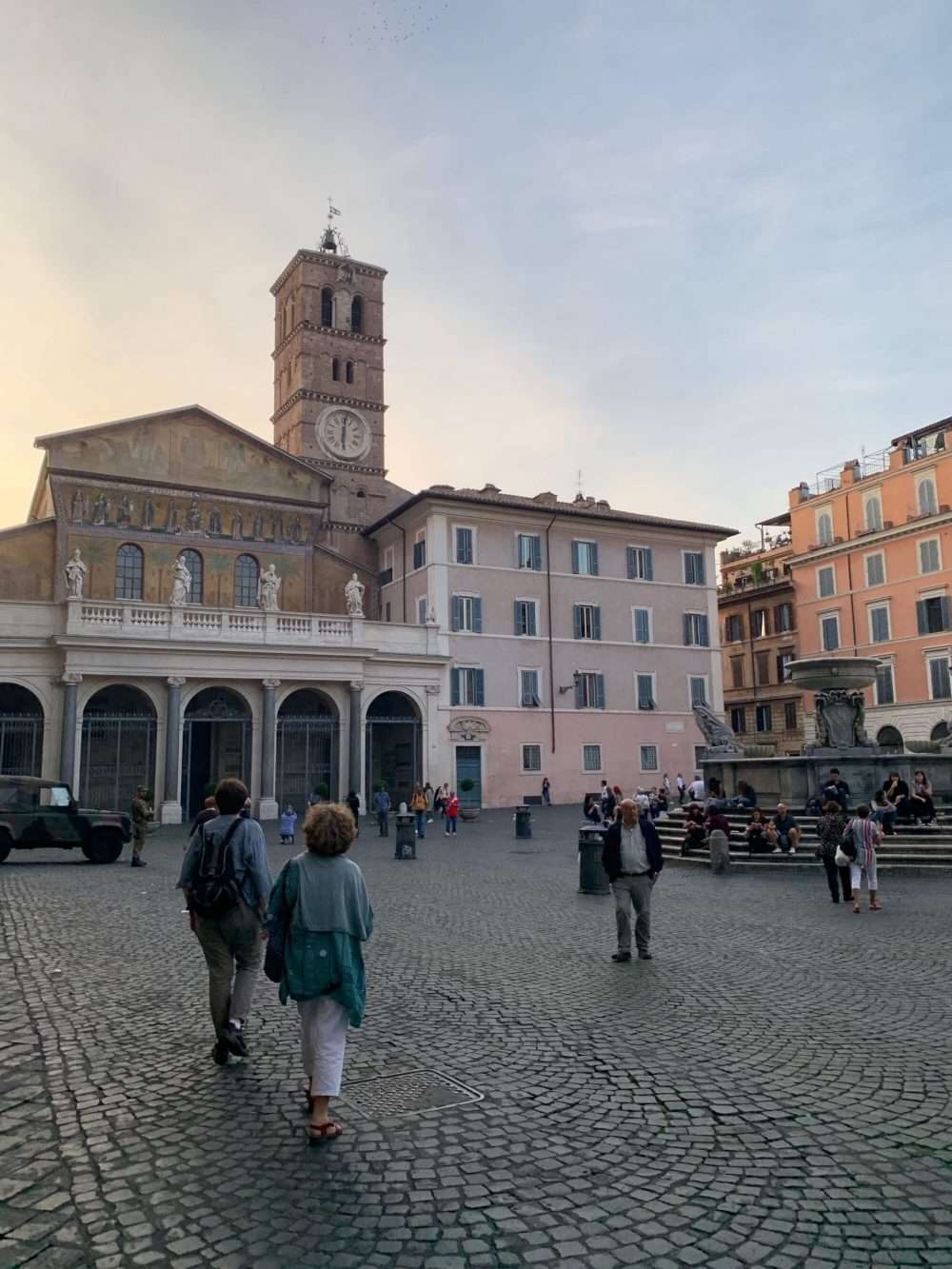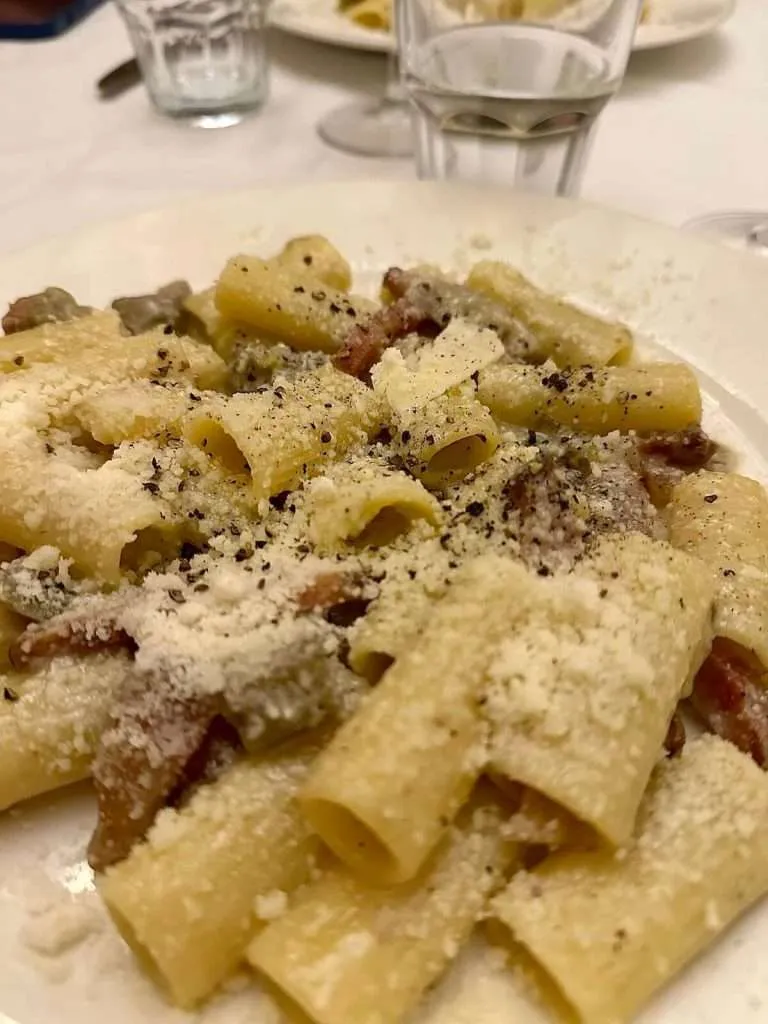How can I describe Rome? In my opinion, it’s the most enchanting city on Earth (though I might be a little biased). I have an immense admiration for this city. Just strolling along its ancient bridges, gazing at the Tiber River, and wandering through the tree-lined Lungotevere brings me pure joy. The sounds of motorinos zipping by, expressive Roman gestures, the clinking of coffee cups on the bar, and the scent of roasted chestnuts wafting through the winter air—these little details fill my heart. I could easily talk about Rome endlessly.
I’m fortunate to have such a deep affection for Rome. Being Italian, I’ve always lived in its most beautiful, authentic corners. Now, I’m on a mission to help you experience Rome in the same genuine and unforgettable way. If you’re planning a 7-day trip to Rome, here is my carefully crafted itinerary. You’ll discover where to go, where to dine, what to see, and the best spots for drinks.
Essential Tips for Traveling to Rome
This itinerary is designed to provide a general overview, but don’t over-schedule—let the city guide you! It’s crucial to make restaurant reservations (at least a day in advance, or two days ahead if dining on the weekend. Some places may require bookings weeks in advance)! Also, advance ticket reservations are only essential for the Borghese Gallery, Vatican Museums, and the Colosseum. Buy your tickets well in advance if you’re visiting during peak season. Although a week in Rome is barely sufficient to see everything, at least this itinerary will give you a solid overview of the city!
When planning your trip to Rome—especially if it’s your first visit to the Eternal City—it’s vital to secure accommodation in a central location. Check my recommendations for budget-friendly, mid-range, and luxury stays in Rome on my guide on where to stay in Rome.
Don’t forget to pack comfortable shoes, as you’ll be doing a lot of walking! Rome’s historic center is expansive, making it best to explore by breaking it into neighborhoods or walkable areas. Generally, there’s no need for taxis, metros, or buses unless you have a dinner reservation or want to speed up your journey to a specific location. Remember, wandering the streets and admiring the magnificent architecture is all part of the Roman experience—this city is truly an open-air museum.
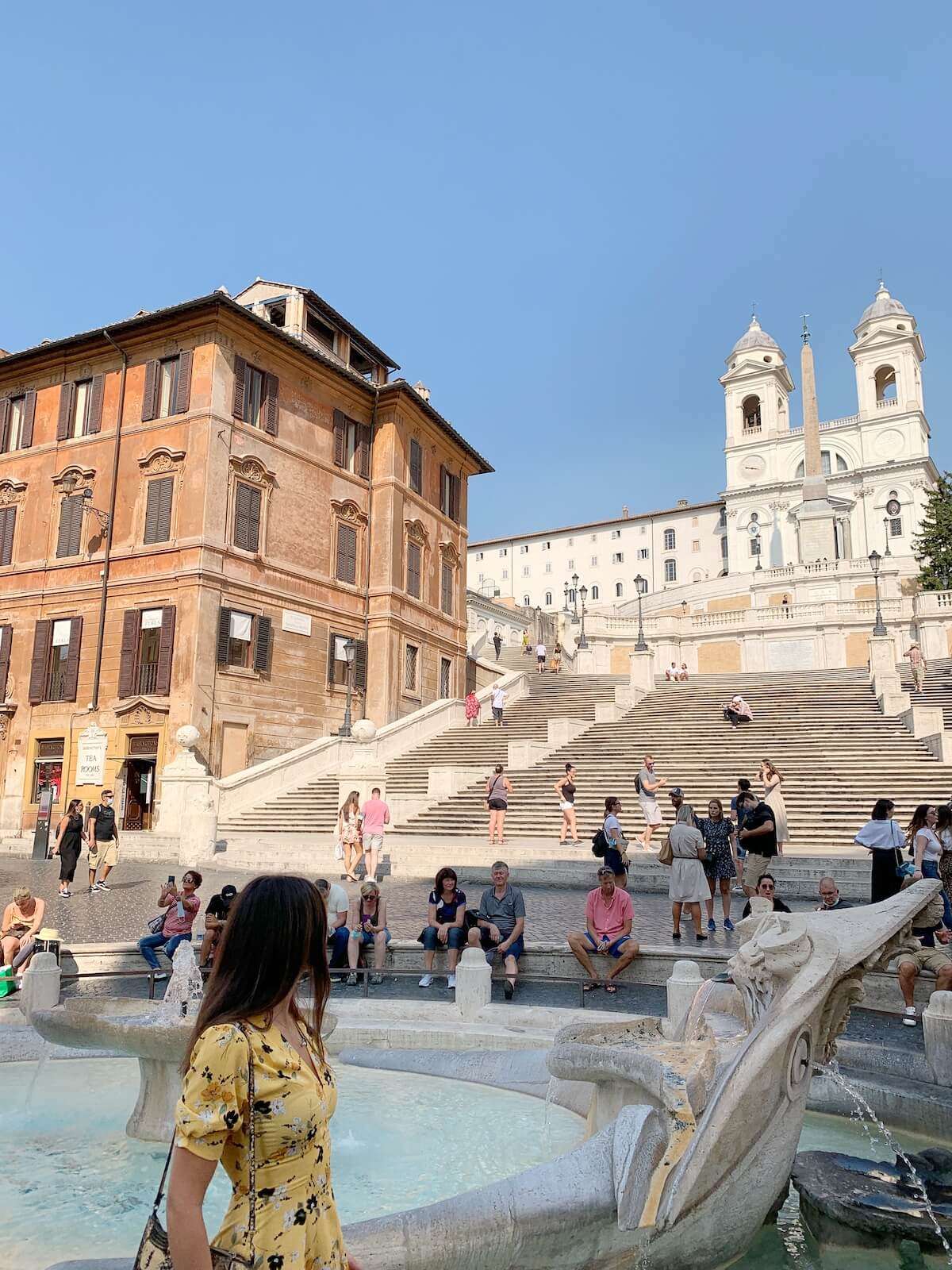
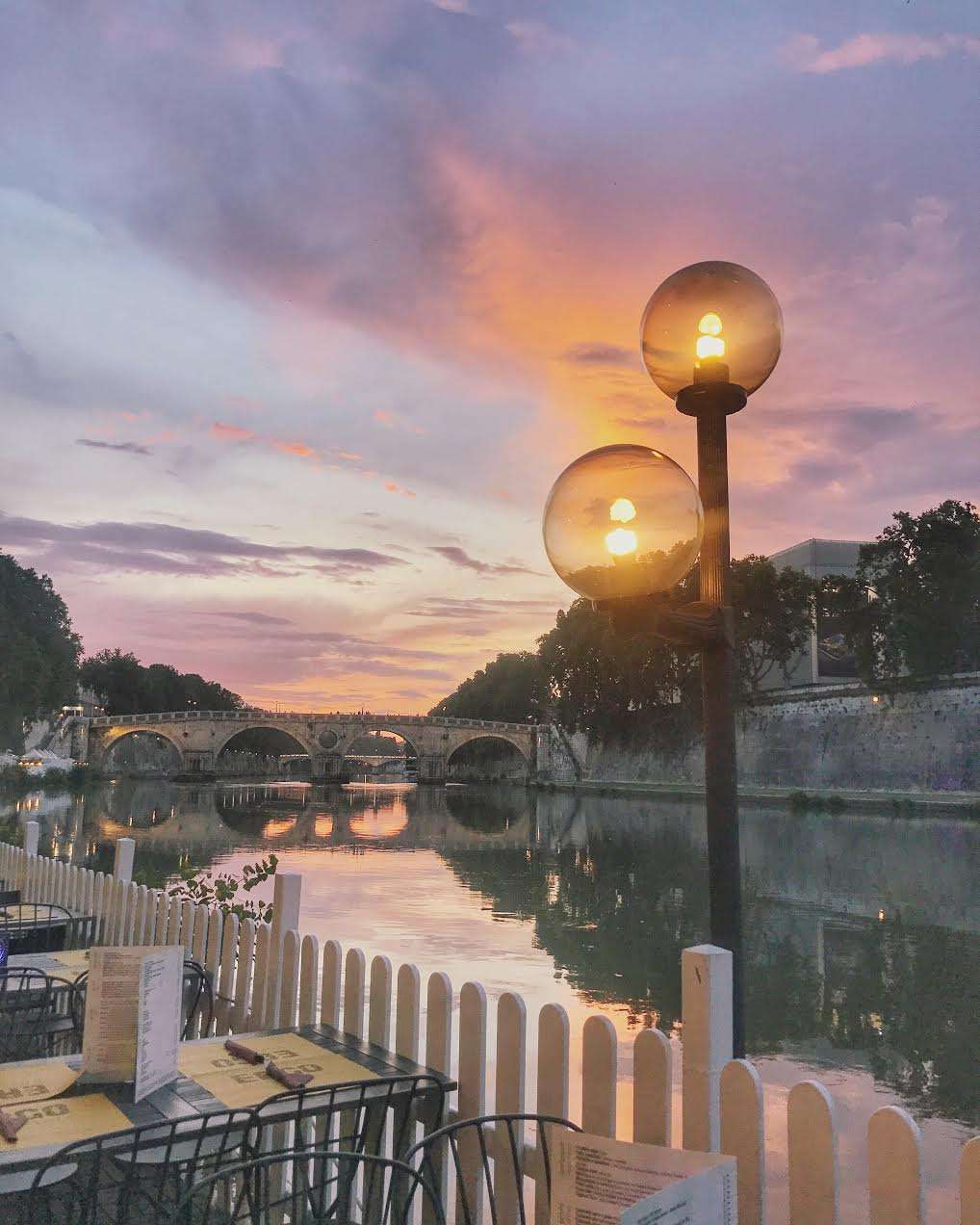

Getting to Rome
How to Get to Rome from Fiumicino Airport (FCO):
- Private Transfer: If you prefer to travel by car, taxis are available right outside Fiumicino Airport. However, be mindful that lines can be lengthy, particularly in the summer. I recommend booking an airport transfer in advance. ➡️ Reserve your private transfer here
- By Train with the Leonardo Express: The Leonardo Express is a non-stop train connecting Fiumicino Airport to Termini Station in central Rome. The journey takes about 32 minutes, with departures every 30 minutes (every 15 minutes during peak hours). A ticket costs €14. The first train leaves the airport at 6:38 AM and the last at 11:38 PM. Once at Termini, you can catch a taxi or the metro to your accommodation. ➡️ Get your Leonardo Express ticket here
- By Shuttle Bus: For a more economical option, consider reserving a shuttle bus service to/from the airport, operating every hour. You can choose pickup or drop-off locations at Fiumicino Airport, Termini Station, Vatican (Via Crescenzio, 2), or Circonvallazione Aurelia, 19. ➡️ Get your shuttle bus tickets here
- By Regional Train: From Fiumicino Airport, you can take the FL1 regional train, which connects Fiumicino Airport to various locations in Rome, including Trastevere and Ostiense. Trains run every 15 minutes during peak times, and a one-way ticket costs €8. ➡️Get your train tickets here
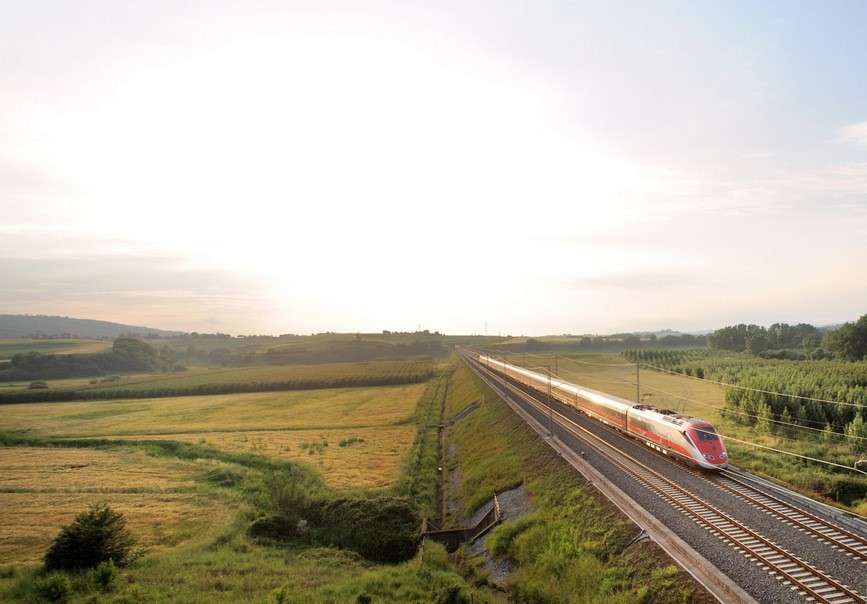

Getting to Rome from Another Italian City:
By Train: Italy boasts an excellent railway network, and I highly recommend exploring the country by train. Check out Trainline, a user-friendly online platform for booking tickets. Italy has two major high-speed train operators: Trenitalia and Italo. Trenitalia’s high-speed trains are known as Frecce, including Frecciarossa (the fastest), Frecciargento (second fastest), and Frecciabianca (the slowest). Personally, I prefer traveling with Frecciarossa or Frecciargento because Frecciabianca takes longer (e.g., the trip from Roma to Milano takes 5 hours instead of 3). Italo trains are also an excellent choice, so comparing both companies’ prices is wise.
DAY 1 Rome Itinerary:
Explore Ancient Rome: Colosseum, Palatine Hill, Via dei Fori Imperiali.
What to See in Rome:
Colosseum: Begin your visit at the Colosseum, which you can reach on foot or by metro. If you’d like to tour the inside, it’s advisable to book your tickets in advance. Plan for about 2 hours to explore the Colosseum. While some visitors may opt to enjoy the outside view only, I highly recommend taking a tour if you’re spending a week in Rome.
🎟️ Get tickets for the Colosseum, Roman Forum & Palatine Hill
🎟️ Book a guided tour of the Colosseum and Palatine Hill with priority access
Palatine Hill: After the Colosseum, relish the ancient ruins on Palatine Hill, one of Rome’s oldest and most central Seven Hills.
Lunch in the Monti Neighborhood: Head to Monti for lunch. It’s one of Rome’s coolest areas, full of charming streets and a genuine Roman atmosphere. Surprisingly, it’s not as crowded with tourists as you might expect for a central location. For a quick lunch, I recommend Zia Rosetta, known for its tasty rosetta sandwiches and fresh salads. If you’d prefer a more relaxed sit-down meal, try Broccoletti, Aromaticus, or Taverna dei Fori Imperiali (reservations recommended). After lunch, explore the neighborhood, which has some stunning viewpoints for iconic pictures of the Colosseum, particularly from Via dei Serpenti. If you enjoy vintage shopping, Monti is home to some of the best second-hand stores in Rome, including King Size and Pifebo.
Museo dei Fori Imperiali: After lunch, stroll over to the Museo dei Fori Imperiali. Visit the Mercati di Traiano terrace at the Imperial Forum museum to enjoy breathtaking views of the Roman Forum.
Via dei Fori Imperiali: Walk along Via dei Fori Imperiali to fully immerse yourself in the ambiance of ancient Rome.
Piazza Venezia: For a panoramic view of Rome, head to the iconic Altare della Patria in Piazza Venezia (keep in mind that there is ongoing construction for the Metro C line in this area). Visit the viewing terrace on the upper level of the Vittoriano, which you can reach via elevator (there’s an entry fee — according to their official site, tickets cost €17 for adults, granting access to the adjacent Palazzo Venezia and Museo del Risorgimento for up to 7 days. It’s free for minors, and those aged 18-25 pay €4).
Where to Eat in Rome:
Lunch: Zia Rosetta for a quick meal with delicious salads, sandwiches, and juices. Aromaticus for vegan, vegetarian, and gluten-free choices. Broccoletti or Barzilai Bistrot for delightful Italian cuisine.
Dinner: The Monti neighborhood offers charming restaurants, making it perfect for post-dinner drinks. Consider La Taverna dei Fori Imperiali, Fafiuchè, or Broccoletti for dinner. Hasekura is a great option for traditional Japanese cuisine, while Il Tempio di Iside is considered one of the best seafood spots in Rome (just outside Monti but within walking distance). For drinks, check out The Court, Drink Kong, or Blackmarket Hall—reservations are advised.
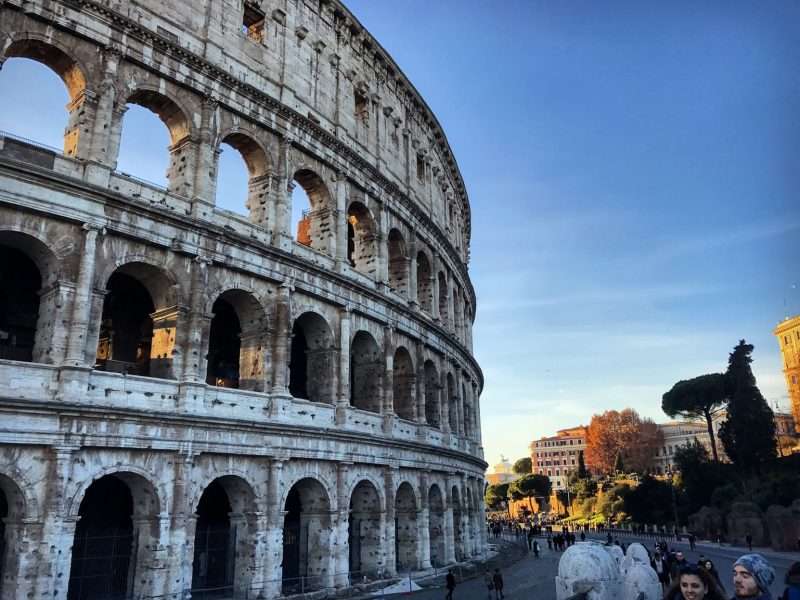

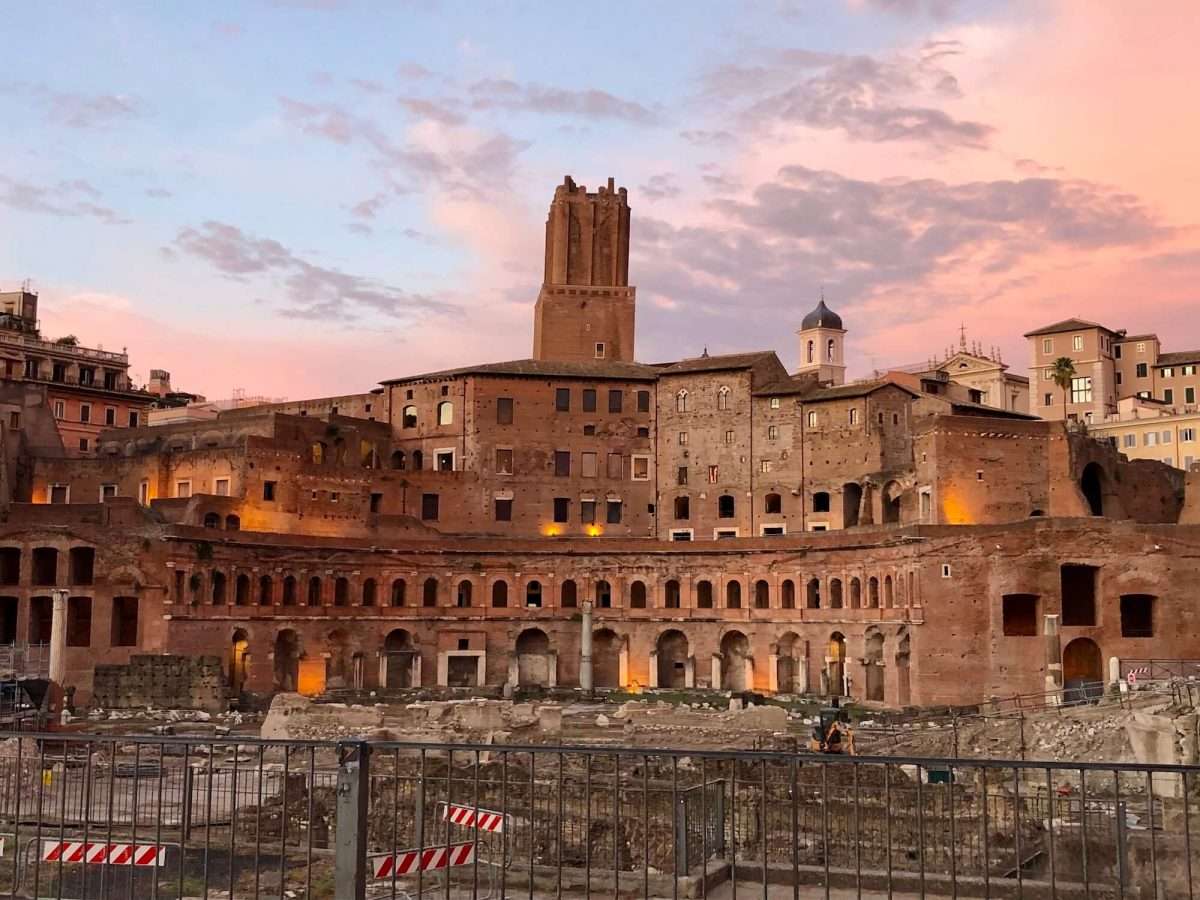

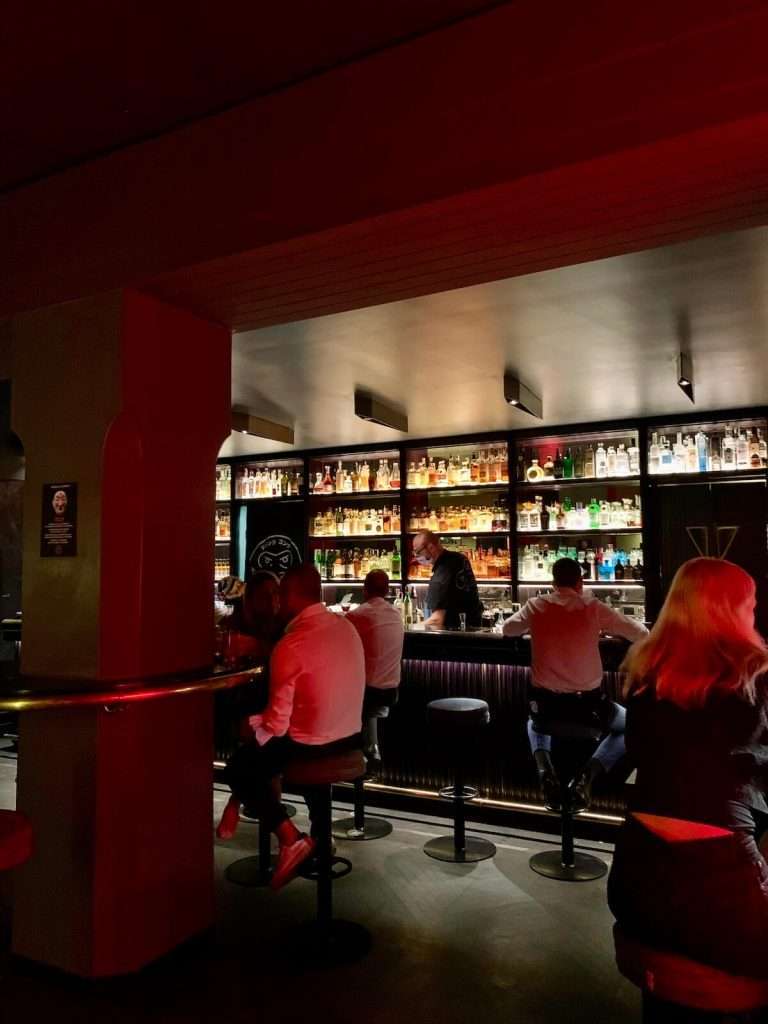

DAY 2 Rome Itinerary:
Discover the Campo Marzio Area of the Centro Storico: A blend of breathtaking sights, stunning streets, and historical monuments.
What to See in Rome:
Galleria Doria Pamphilj: Start off your day by visiting this hidden gem located on Via del Corso, just 100 meters from Piazza Venezia. This stunning gallery is owned by the Doria Pamphilj family, one of Rome’s oldest and most notable aristocratic families. The Hall of Mirrors is particularly breathtaking, and the gallery houses masterpieces by renowned artists such as Caravaggio, Raphael, and Brueghel. The highly realistic portrait of Pope Innocent X by Velázquez is a highlight. This gallery is often less crowded, so you can enjoy a more intimate experience. To avoid overpriced tickets, be sure to book directly through their official website, as the visit will take approximately an hour.
Trevi Fountain: After the gallery, take a short walk to the Trevi Fountain and toss a coin in for good luck—don’t forget to make a wish!
Spanish Steps: Walkalittle further to reach the stunning Piazza di Spagna. Admire the beautiful Barcaccia fountain created by Bernini, then tackle the famous flight of stairs, leading you to the church at the top.
Trinità dei Monti: Once you reach the summit of the Spanish Steps, head left towards Trinità dei Monti, where you can soak in some of the most magnificent views of Rome’s rooftops and churches.
Villa Borghese Gardens – Terrazza del Pincio: From Trinità dei Monti, wander into the Villa Borghese gardens. Once the property of the influential Borghese family, these magnificent gardens are now open to the public. Feel free to rent a segway for exploration; however, personally, I recommend strolling through the grounds until you come upon the Pincio terrace, from where you’ll enjoy breathtaking views of Piazza del Popolo.
Piazza del Popolo: Finally, head down to Piazza del Popolo to admire the twin churches that may look identical but are actually distinct!
🎟️ Join a walking tour of Rome’s highlights with a local guide
This segment of your day should take around 3-4 hours, depending on your pace at each attraction.
Via del Babuino: After visiting the churches, stroll up Via del Babuino, which is part of the Tridente, the street that lies on the far left. This is one of the poshest streets in Rome, filled with high-end boutiques.
Lunch: For lunch, explore Via Margutta, a side street off Via del Babuino. Stop by Babette, Hostaria del Mercato, or Ginger Sapori e Saluti for healthier dining options.
Via Margutta: After your meal, take some time to explore this picturesque street known as the artist’s road, decorated with ivy-cloaked walls, charming buildings, and delightful art shops.
Via dei Condotti: From Via Margutta, return to Piazza di Spagna and stroll down Via dei Condotti, another famous street known for its upscale shopping.
Piazza Augusto Imperatore & the Mausoleum of Augustus: From Via dei Condotti, make your way to Piazza Augusto Imperatore where you’ll find the recently reopened Mausoleum of Augustus, the largest circular tomb in the world!
Ara Pacis Museum: Following your visit to the Mausoleum, proceed down Via di Ripetta to the stunning Ara Pacis Museum. If you’re interested in archaeology, this museum should be on your list.
Return to your accommodation to rest and refresh before dinner.
Free Time: If you still have energy, cross the Ponte Cavour bridge for a picturesque view of the Tiber River, or continue exploring the chic Prati neighborhood, known for its shopping and numerous restaurants and bars. If it’s happy hour, swing by Sorpasso or La Zanzara for a taste of Roman aperitivo!
Where to Eat in Rome:
Lunch: Babette on Via Margutta offers fantastic outdoor seating when the weather permits. They provide Italian cuisine with a modern twist. If you prefer healthier options, Osteria del Mercato or Ginger Sapori e Salute are both excellent choices.
Dinner: For dinner, consider Due Ladroni for seafood or Il Marchese for a hip Italian dining experience that also serves as a bar. La Zanzara is a trendy spot, while Sorpasso is known for its shabby-chic atmosphere. For pizza with bubbly wine, head to Sant’Isidoro Pizza e Bolle, or savor a gourmet experience at Almatò (try the tasting menu starting at €75).
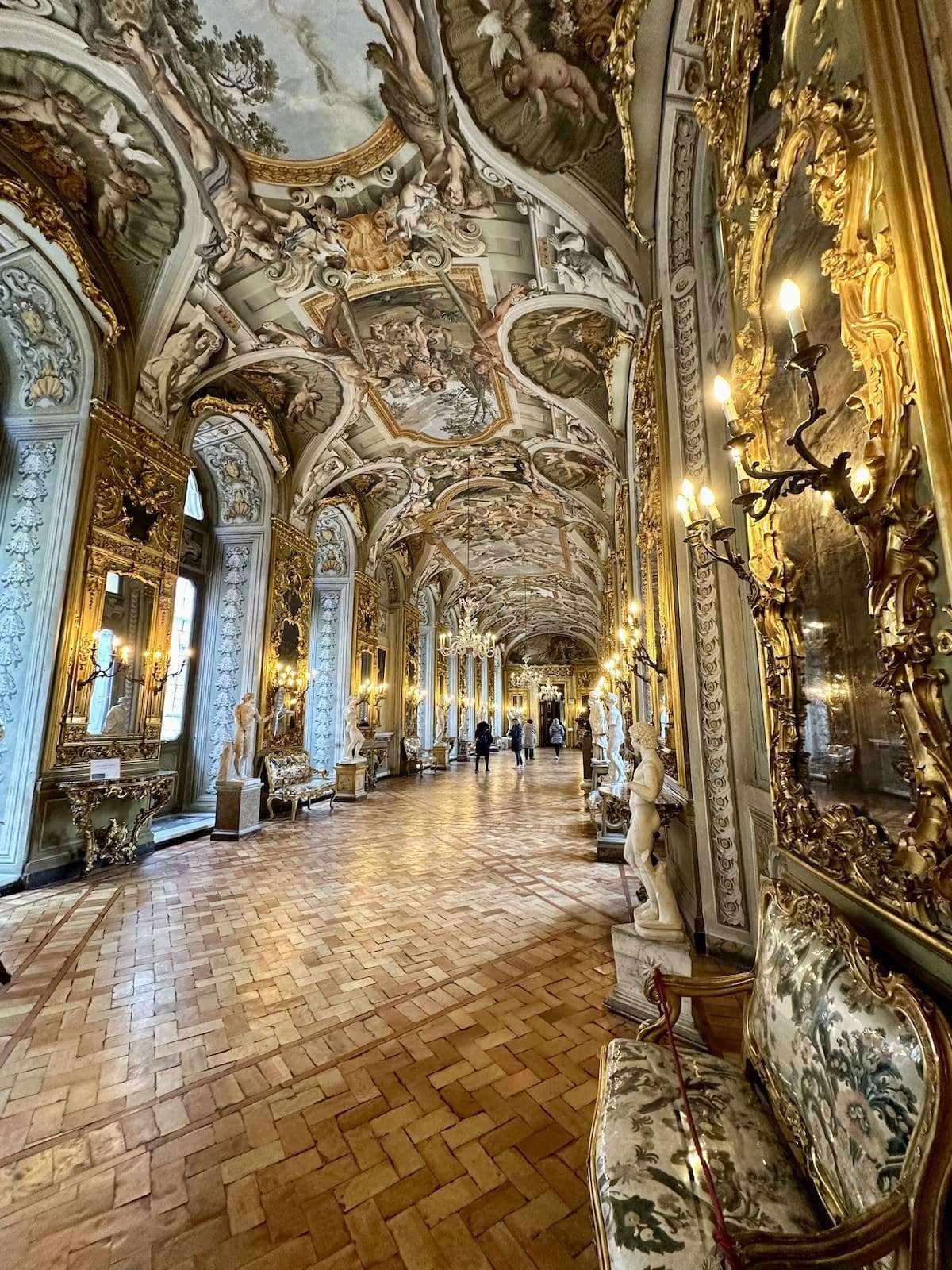

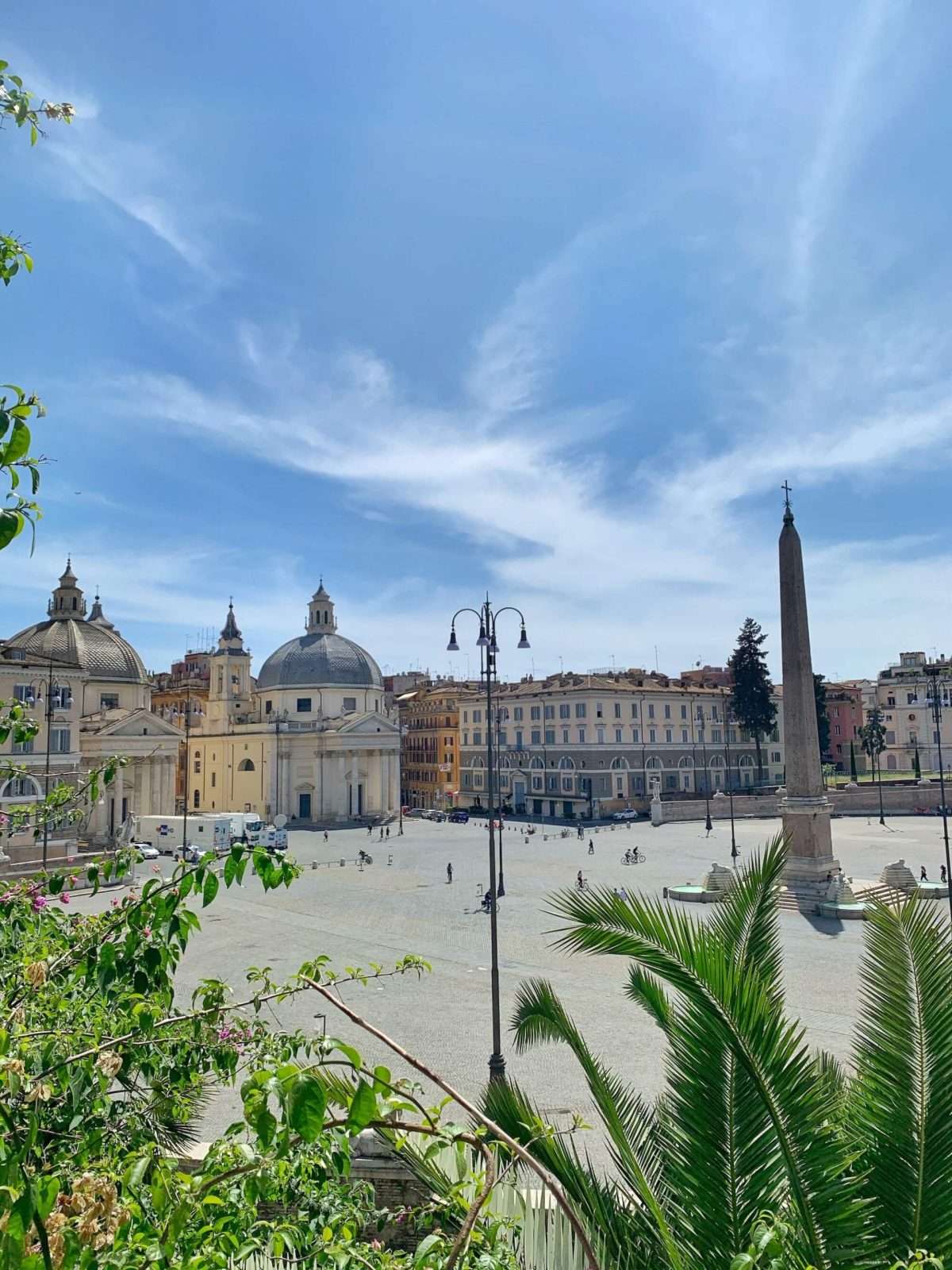

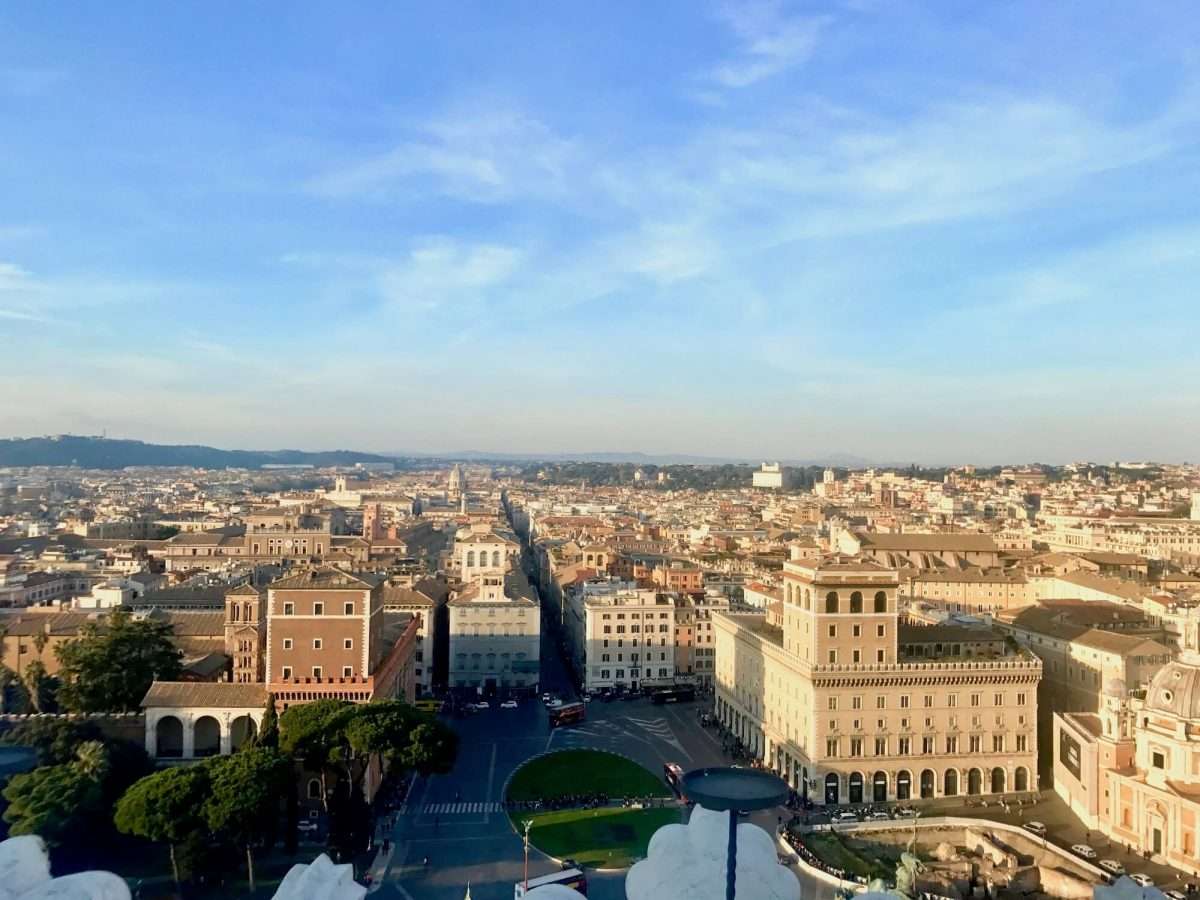

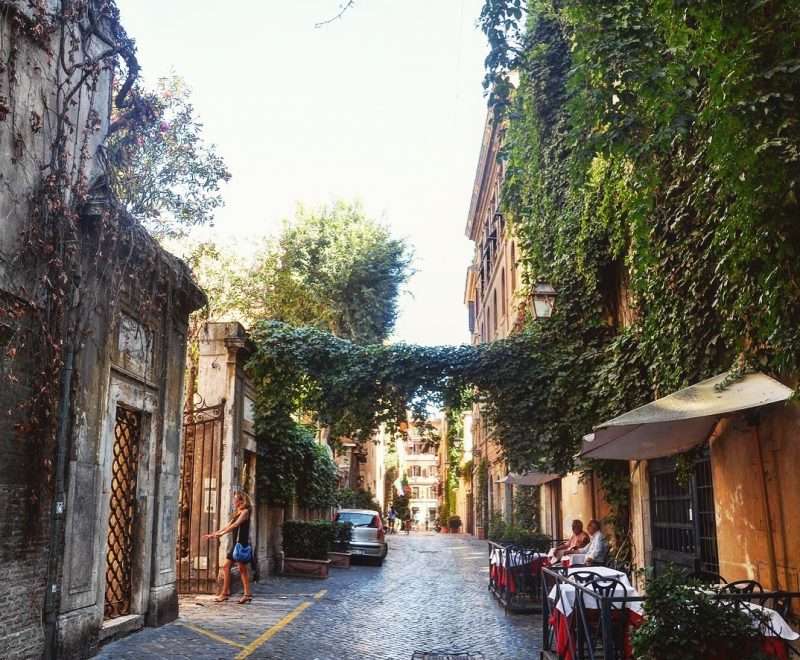

DAY 3 Rome Itinerary:
Explore the Parione Area of the Centro Storico: Visit the Church of Sant’Ignazio di Loyola, the Pantheon, San Luigi dei Francesi, Piazza Navona, Campo de’Fiori, and the Jewish Quarter.
What to See in Rome:
The Church of Sant’Ignazio di Loyola: Wake up early for a busy day ahead! If you need to start from a metro station, Barberini or Spagna are your best bets. Begin your day at this stunning baroque church, famous for its incredible illusionistic ceiling fresco by Andrea Pozzo. You’ll find a large mirror strategically placed to help visitors view the artwork effortlessly, though expect a queue! With its beautiful altar and ornate chapels, it’s a must-see. During Christmas, you might even enjoy free organ concerts!
Piazza della Rotonda: Next, head to Piazza della Rotonda to see the Pantheon, a temple dedicated to all gods. Its impressive dome, the largest unsupported dome in the world, is a marvel that Michelangelo praised. Admire the lovely fountain by Giacomo della Porta in the piazza. While entrance was formerly free, it now costs €5. If interested in a guided experience, you can skip the line and book a guided tour of the Pantheon here. Or opt for a skip-the-line ticket with an audio guide.
San Luigi dei Francesi Church: Just a short walk away is the world-famous San Luigi de’ Francesi Church, home to three of Caravaggio’s masterpieces: The Martyrdom of Saint Matthew, The Inspiration of Saint Matthew, and The Calling of St. Matthew.
Piazza Navona: A brief walk from there leads you to one of the most beautiful piazzas in the world. Marvel at the Fontana dei Quattro Fiumi in the middle, as well as the church of Sant’Agnese in Agone, the Fontana del Moro, and the Fontana del Nettuno. If you’re keen to discover a hidden gem, consider visiting Palazzo Altemps, known for its splendid frescoed ceilings.
Santa Maria della Pace Church: Within the La Pace area, a few steps from Piazza Navona, lies this spectacular church designed by Bramante, featuring frescoes by Raffaello!
Lunch: Enjoy lunch at Vivi Bistrot, located right by Piazza Navona, where you can savor Italian cuisine with a healthy twist on a charming courtyard patio. Alternatively, you can dine on traditional Roman fare at Campo de’Fiori, just a 5-minute walk away, where Luciano Cucina Italiana serves some of the best carbonara in Rome. Another fantastic option is the famed Salumeria Roscioli. Reservations are highly recommended for both establishments.
Campo de’Fiori: After lunch, stroll through the square and explore the lovely open-air market (open Monday-Saturday from 7 AM to 2 PM).
Piazza Farnese: Named after the lavish Palazzo Farnese, an impressive Renaissance palace that serves as the French Embassy. Be sure to visit this beautiful palace—just remember to book your tickets online in advance. The square also boasts two beautiful fountains made from ancient granite bathtubs from the Baths of Caracalla.
Via Giulia: Stroll down the beautiful and historic Via Giulia, absorbing the rich atmosphere. Be sure to admire the Farnese arch, traditionally attributed to Michelangelo. Originally, it was designed to span the Tiber River and connect Palazzo Farnese to the Farnese family’s summer estate, Villa Farnesina in Trastevere.
Chiesa di Santa Barbara dei Librai: This charming Baroque-style church is nestled between two palazzos and is a hidden gem worth visiting, located just a short distance from Campo de’Fiori.
If you’re feeling fatigued, return to your accommodation (there’s a fair amount of walking involved but taxis are available as an option).
Jewish Quarter: If you still have energy, take a short walk until you reach the Jewish Quarter, rich in spectacular architecture. From the Fontana delle Tartarughe in Piazza Mattei to the Great Synagogue and Teatro Marcello, there’s a lot to see! If you’re in the mood for aperitivo, don’t miss Beppe e i Suoi Formaggi for a fantastic cheese selection! Alternatively, reserve a wine-tasting experience at a charming family-run winery near Campo de’Fiori. You’ll be glad you did!
Where to Eat in Rome:
Lunch: Vivi Bistrot near Piazza Navona, Osteria da Fortunata at Campo de’Fiori, Luciano Cucina Italiana at Campo de’Fiori, or Salumeria Roscioli at Largo Argentina.
Dinner: Pianostrada or Taverna Lucifero, followed by drinks in Campo de’Fiori or the La Pace area on a side street off Piazza Navona. The best bars in this area include Wisdomless, Camponeschi Wine Bar (especially enjoyable in summer), Argot, Jerry Thomas Project, Latteria, or Bar del Fico.
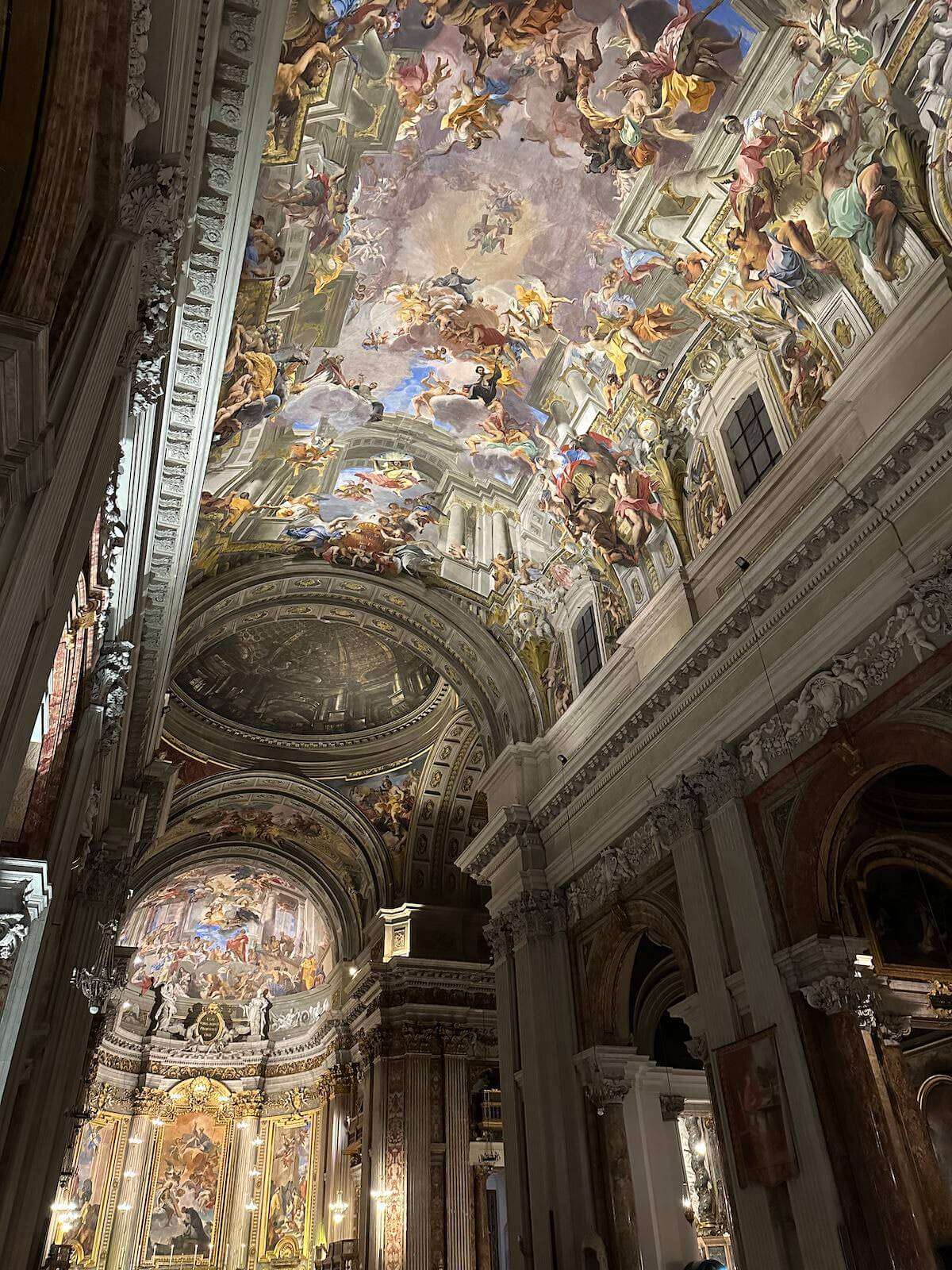

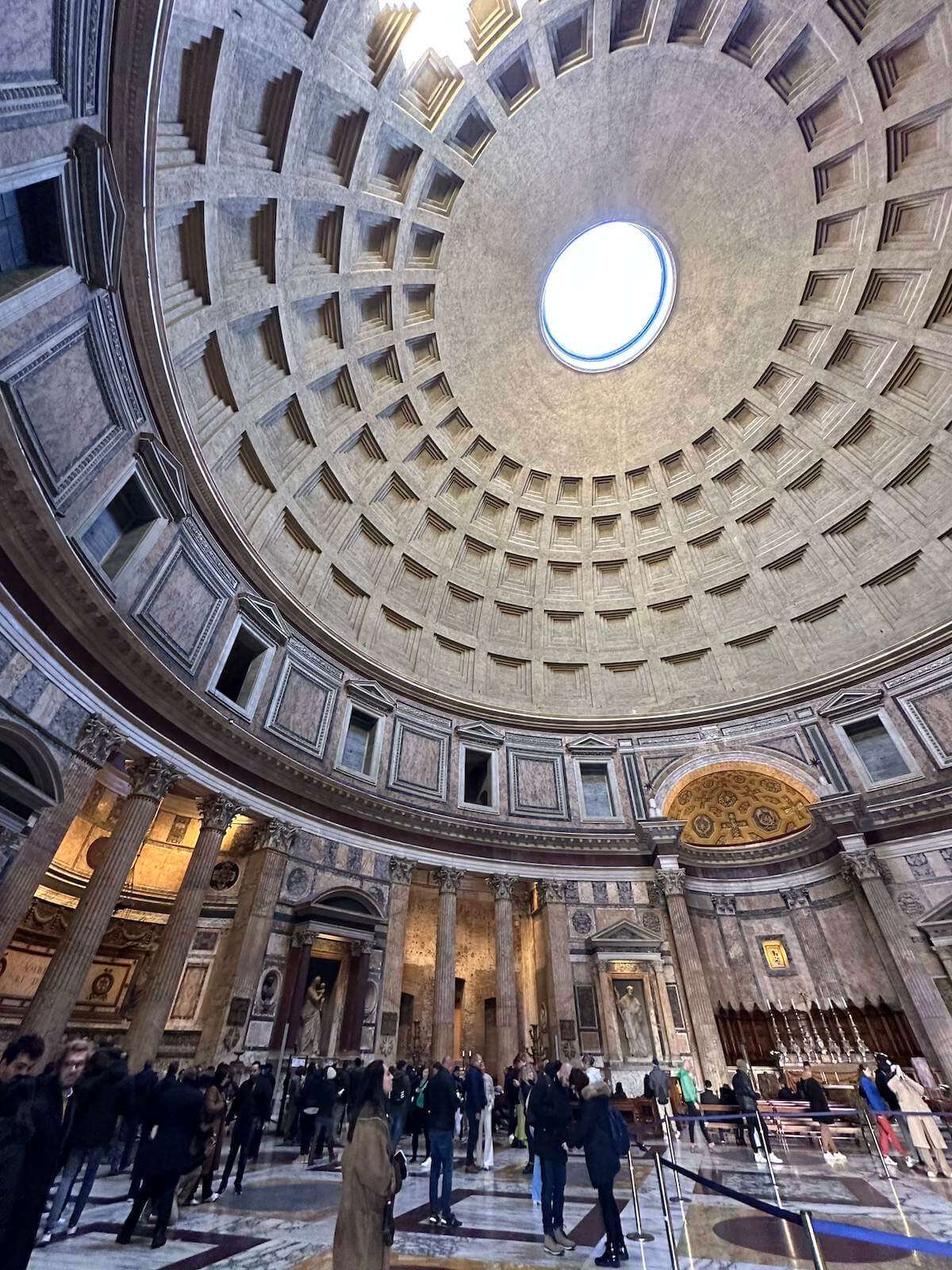

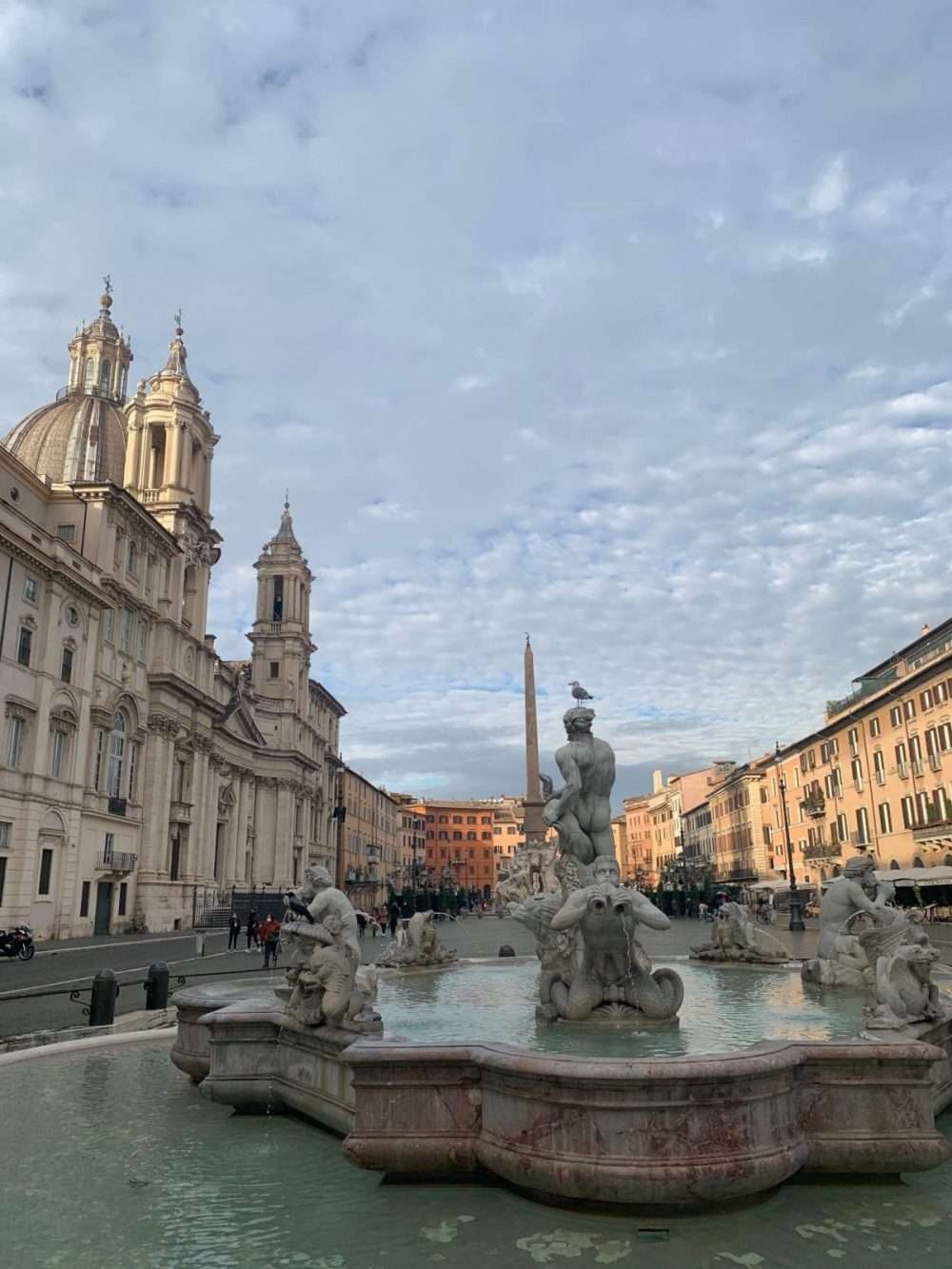

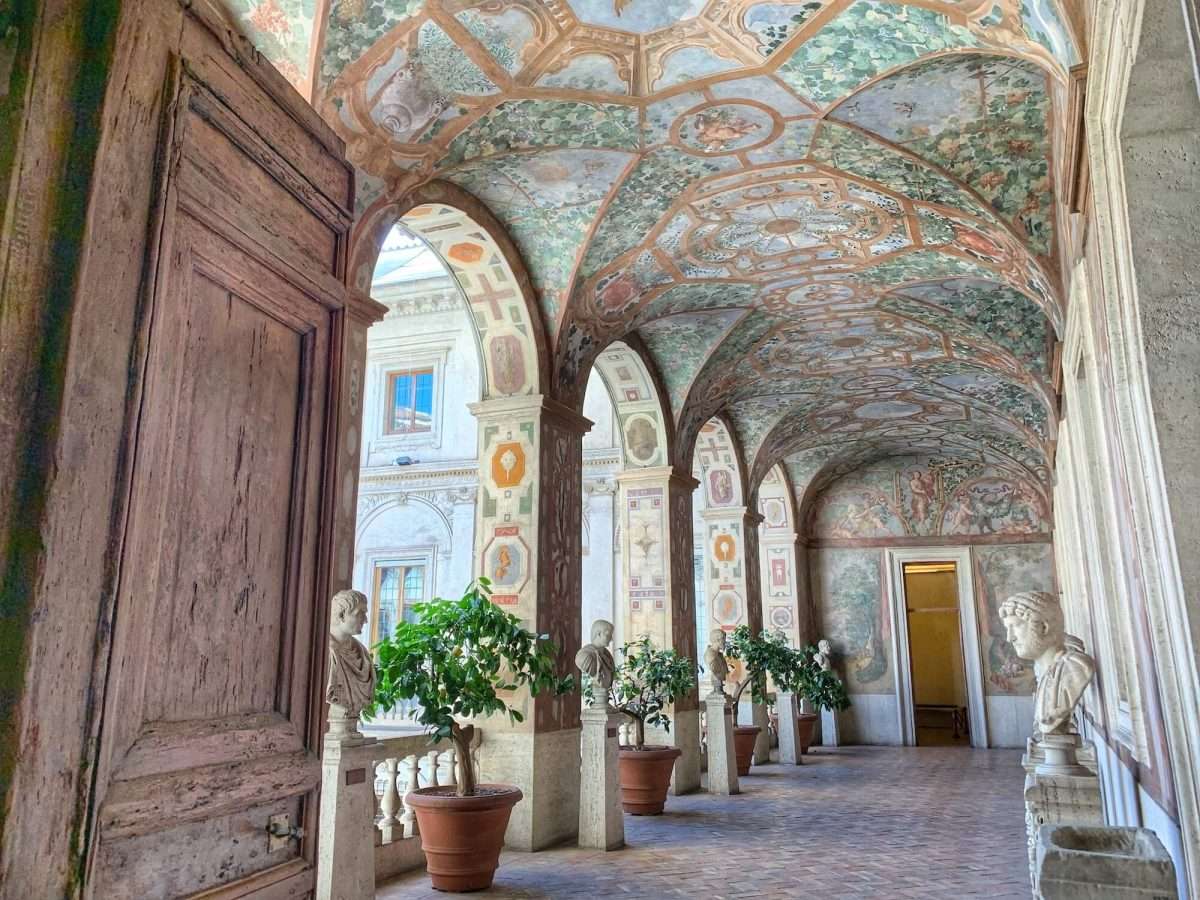

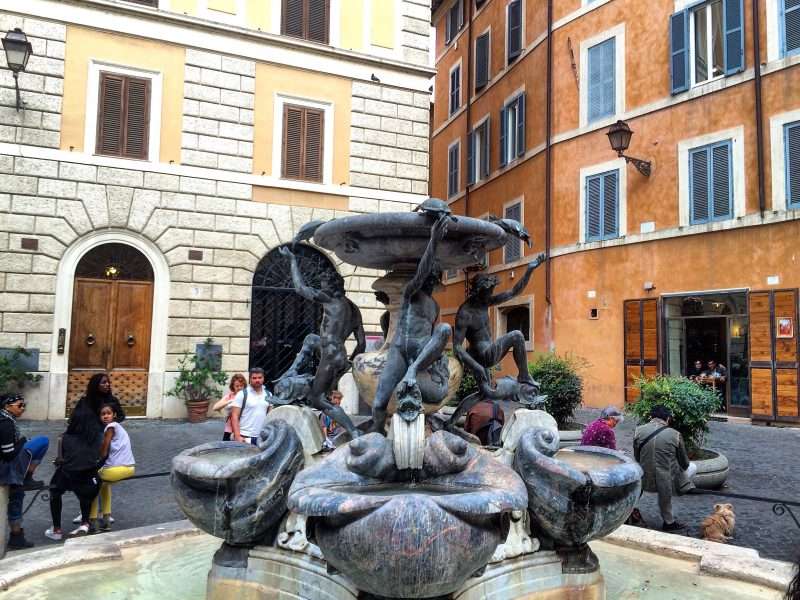

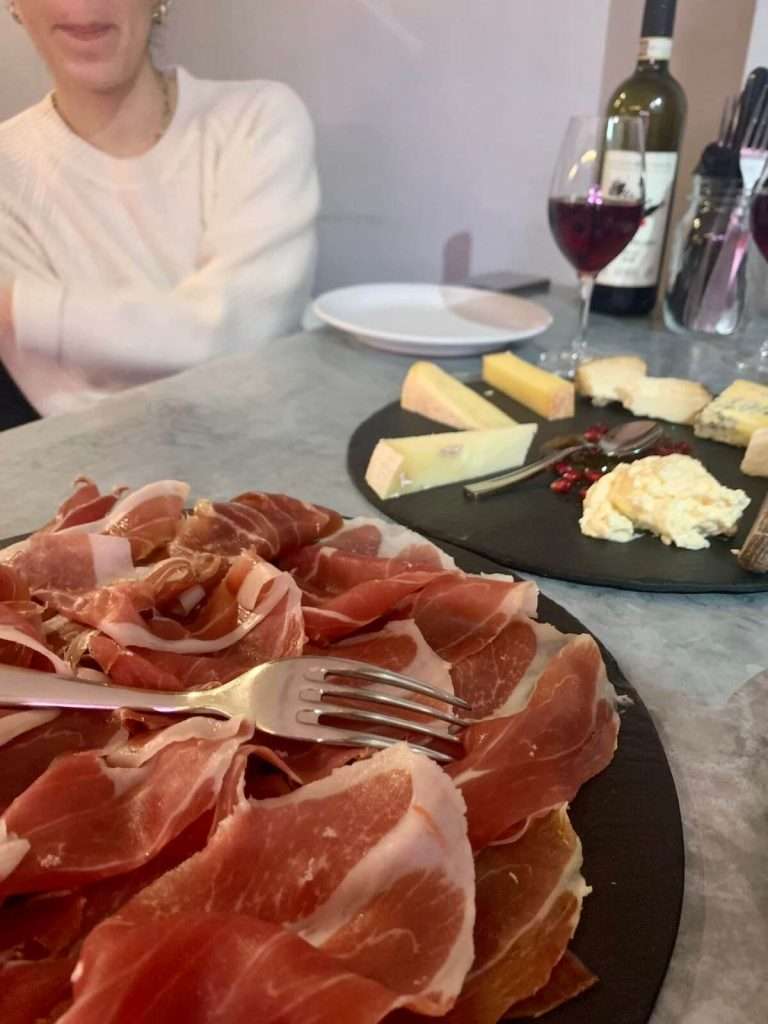

DAY 4 Rome Itinerary:
Explore the Borghese Gallery, the Coppedè neighborhood, and the Parioli neighborhood.
What to See in Rome:
Villa Borghese: Start your day in the beautiful Villa Borghese Gardens.
Explore Villa Borghese with Foxtrail: If you’re a fan of treasure hunts, consider exploring the lesser-known areas of Villa Borghese with Foxtrail—a blend of a scavenger hunt and an escape room. It offers a map with clues that will lead you to incredible locations within the gardens. It’s interactive, enjoyable, and suitable for all ages.
➡️ CHECK OUT FOXTRAIL’S VILLA BORGHESE ADVENTURE
Galleria Borghese: Be sure to visit the stunning Galleria Borghese, showcasing exceptional Renaissance sculptures and paintings by legendary artists like Bernini, Caravaggio, and Canova. Reservations are mandatory for visiting the Borghese Gallery, so don’t forget to book your tickets in advance—this is an essential stop!
🎟️ Get your Borghese Gallery ticket
🎟️ Book your small group guided tour of the Borghese Gallery
Lunch: Enjoy lunch in the Parioli neighborhood at Zero Restaurant, known for its delightful cuisine. It’s best to reserve in advance, as it’s quite popular! They offer a delicious blend of Italian flavors with an Eastern twist. It’s about a 15-minute walk from the Borghese Gallery. Another option is Cugino at the Hoxton Hotel, which has become a trendy spot and is just a 10-minute walk away.
Coppedè Neighborhood: Post-lunch, either walk or take the tram from Viale Liegi to Piazza Buenos Aires and then proceed to Piazza Mincio in the picturesque Coppedè neighborhood. This charming area, situated slightly outside the city center near Viale Regina Margherita, showcases Rome’s finest examples of Art Nouveau architecture, all designed by Gino Coppedè between 1913 and 1927.
Parioli Shopping: After your visit to Coppedè, either take the tram or walk to Viale Parioli, where you’ll find an array of fashionable boutiques to enjoy some shopping.
Happy Hour Italian Style: At 7 PM sharp, make your way to Duke’s on Viale Parioli 200. Duke’s is one of my top choices for happy hour in Rome, offering a delightful à la carte aperitivo and fantastic cocktails. The Cosmopolitan is a must-try, as they use their own cranberry-infused vodka! Plus, their selection of Italian and international wines is impressive, with everything available at 50% off from 7 PM to 8:30 PM.
Where to Eat in Rome:
Lunch: Zero Restaurant at Piazza Ungheria or Cugino at the Hoxton Hotel.
Happy Hour/Dinner: Duke’s for a fantastic happy hour. If you wish to continue to drink afterward, head to Palmerie Parioli further up Viale Parioli. For more dining suggestions, check out my guide on where to eat in Rome.
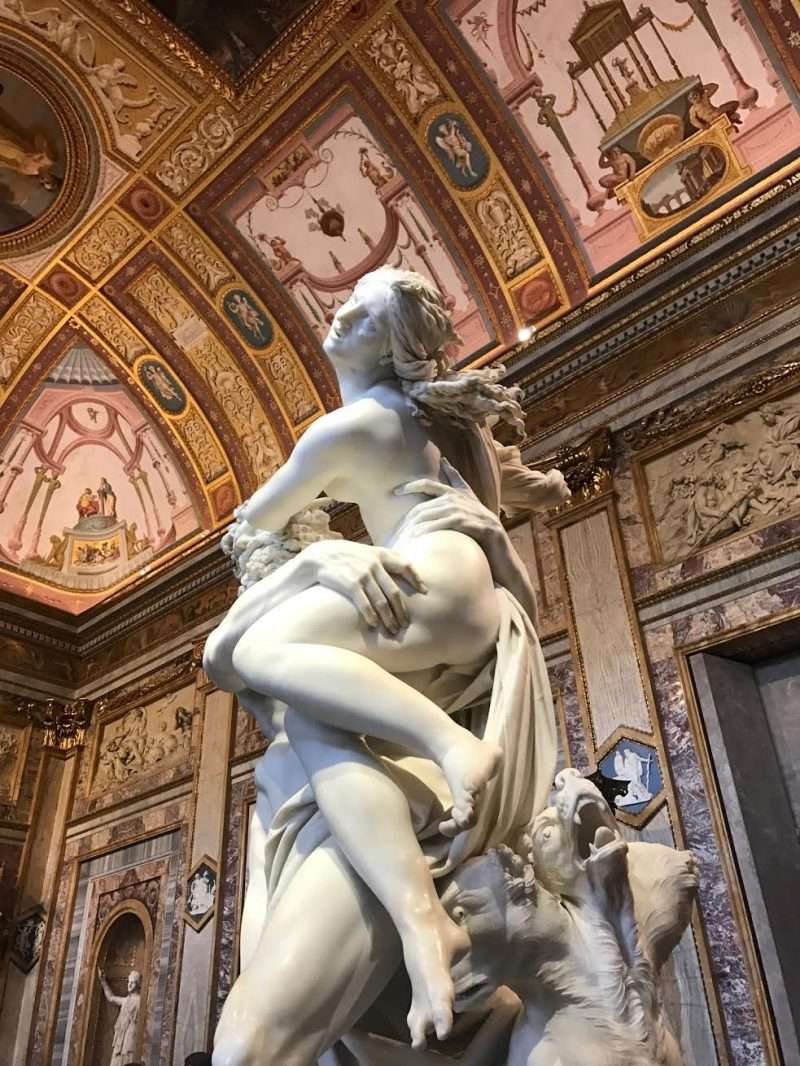

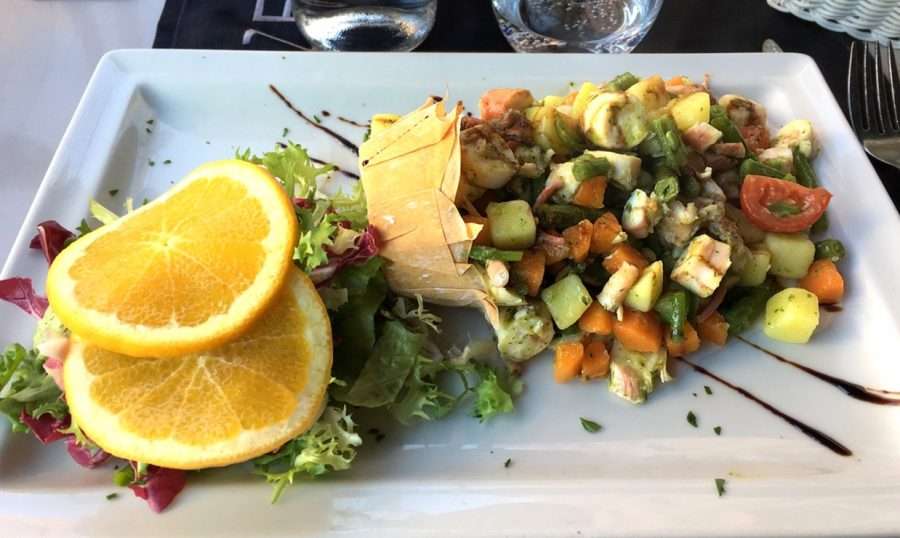

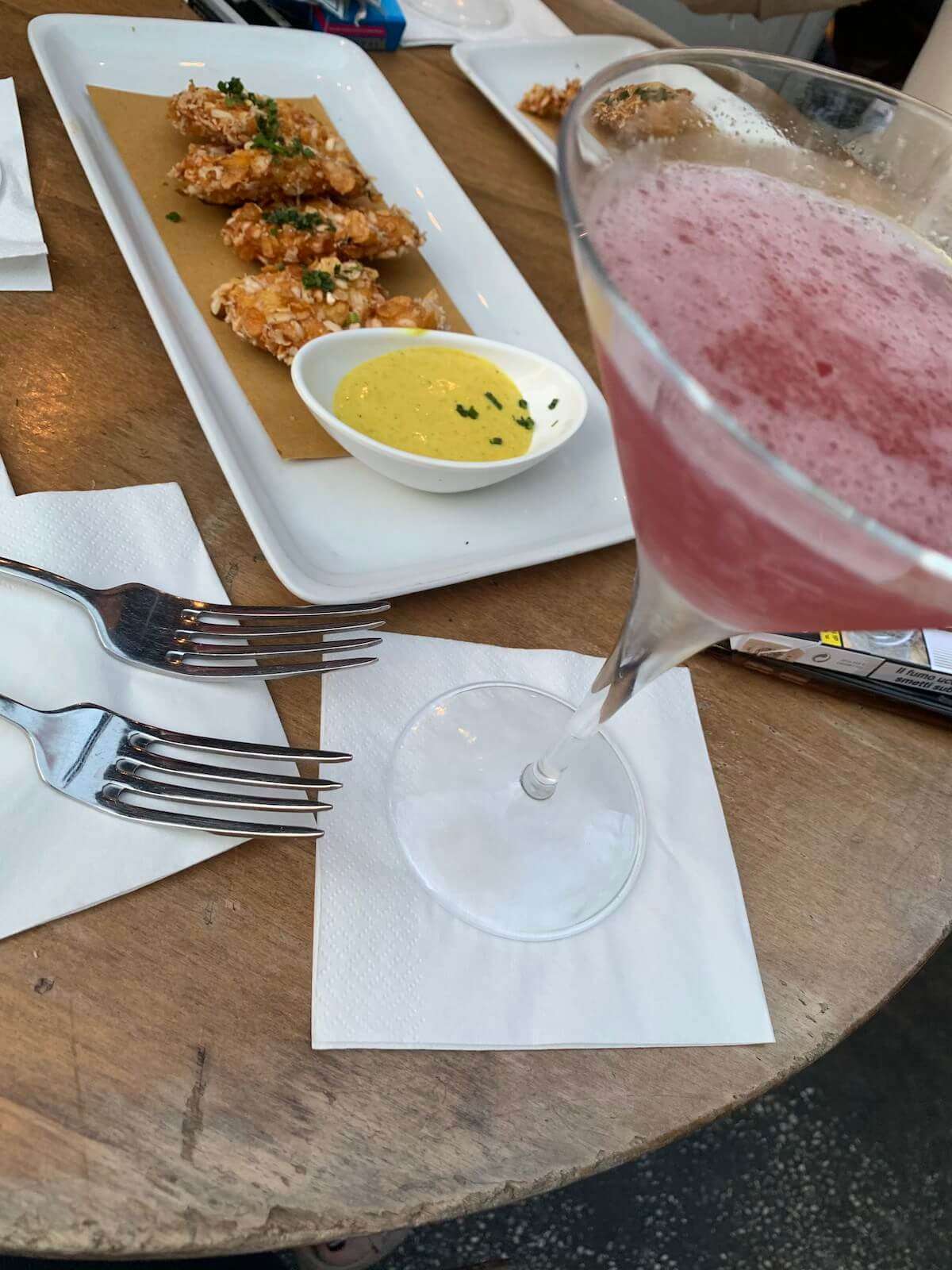

DAY 5 Rome Itinerary:
Visit the Vatican Museums, Vatican Gardens, and Saint Peter’s Basilica.
What to See in Rome:
Start your day early; no visit to Rome is complete without exploring the Vatican and the Vatican Museums. Founded by Pope Julius II in the early 16th century, the Vatican Museums display some of the world’s most stunning artworks. They showcase pieces from the Popes’ personal art collections spanning centuries, including notable classical sculptures and Renaissance masterpieces.
🎟️ Get tickets for the Vatican Museums
The Sistine Chapel, adorned with Michelangelo’s exceptional frescoes, is reason enough to visit the historical museums. Don’t miss the iconic spiral staircase designed by Giuseppe Momo in 1832, featuring a double helix structure—making it one of the most photographed staircases globally!
As you enter the Vatican Museums, prepare to be captivated by the four Raphael Rooms, part of the papal apartments. Being inside the Pope’s quarters is exhilarating enough, but the impressive frescoes by Raphael and Michelangelo will leave you in awe.
If you’re a fan of sculpture, get ready to be mesmerized by the Gallery of Candelabra, which showcases ancient sculptures. Also, don’t miss the stunning Vatican Gardens, often referred to as the “Green Heart of the Vatican.” Recently opened to the public thanks to Pope Francis, these gardens are a must-visit. With around 8 million visitors each year, the Vatican Museums are not to be missed! Plus, you can’t leave without enjoying the fabulous view of the Eternal City from the dome of Saint Peter’s Basilica!
🎟️ Book your guided tour of the Vatican Museums and Sistine Chapel
For lunch: Head to a local pizzeria for delicious Roman pizza al taglio. Be cautious of tourist traps; I recommend Bonci Pizzarium or Panificio Bonci (just a 12-minute walk from the Vatican). Alternatively, enjoy Roman cuisine at Romanè or grab a tasty seafood sandwich from Pescaria.
Then, retreat back to your accommodation to relax and enjoy a leisurely stroll along the Tiber River.
For dinner: Explore the vibrant Prati neighborhood. This area is bustling from happy hour to late-night; from April to October, consider switching your schedule to have a day filled with foodie adventures and then enjoy a private tour of the Vatican museums at night when it’s less crowded.
🎟️ Book an exclusive night tour of the Vatican with a guide (available April – October only)
Where to Eat in Rome:
Lunch: Pizza al taglio from Bonci Pizzarium or Panificio Bonci. For a sit-down meal, try Roman cuisine at Romanè or indulge in delicious seafood sandwiches from Pescaria.
Dinner: Options include La Zanzara, Sorpasso, Sant’Isidoro Pizza & Bolle, Vino Bono Enoteca, or Almatò for a gourmet experience. Several of these are also excellent for happy hour or after-dinner drinks, so be sure to make reservations.
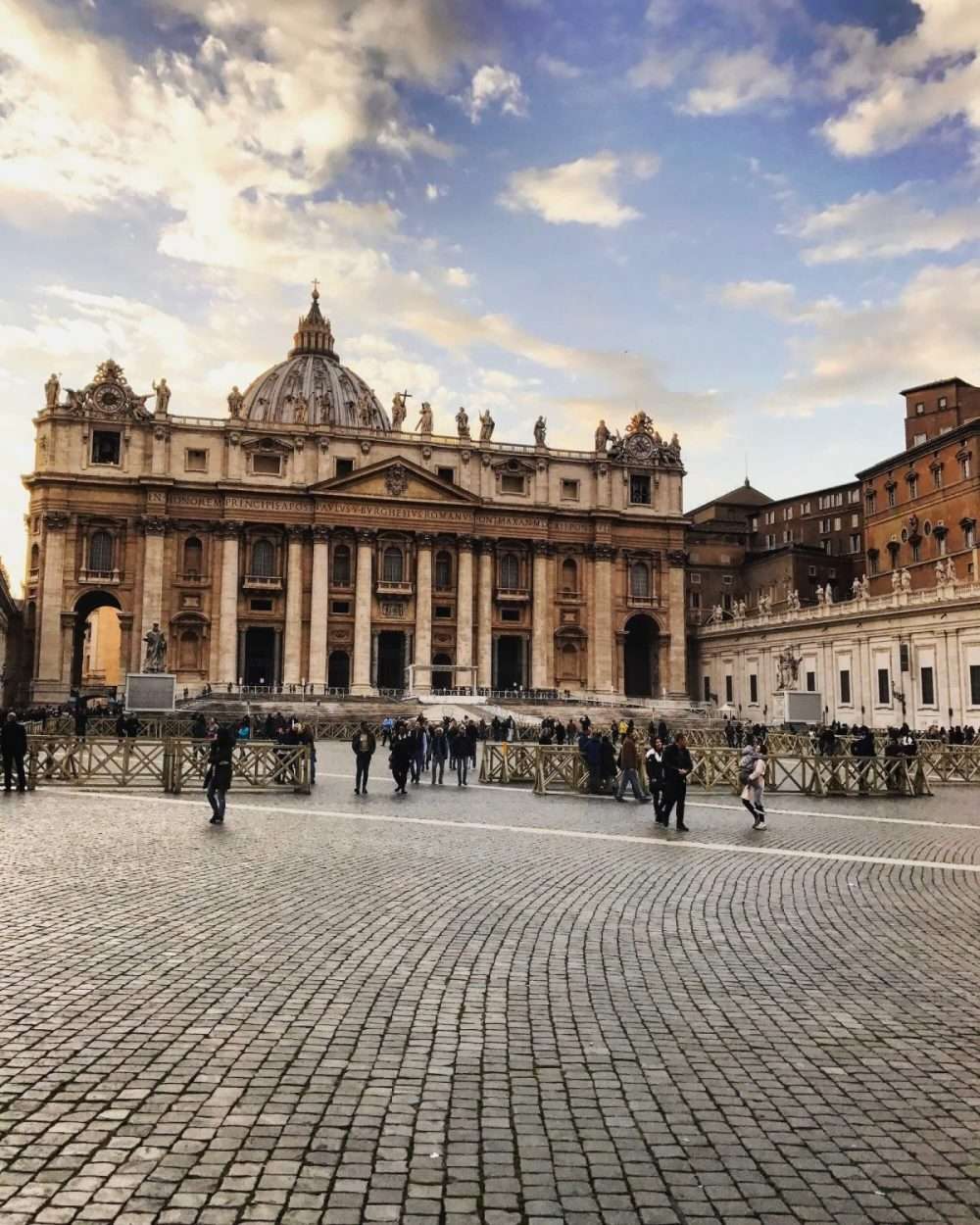

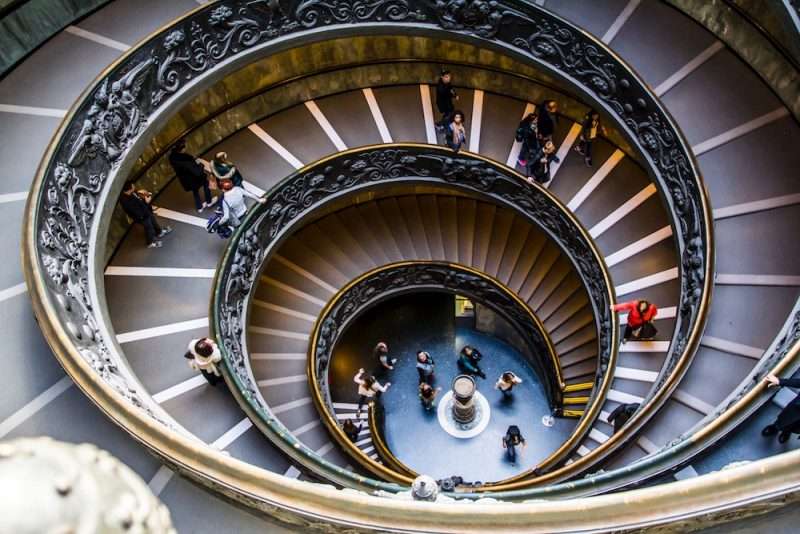

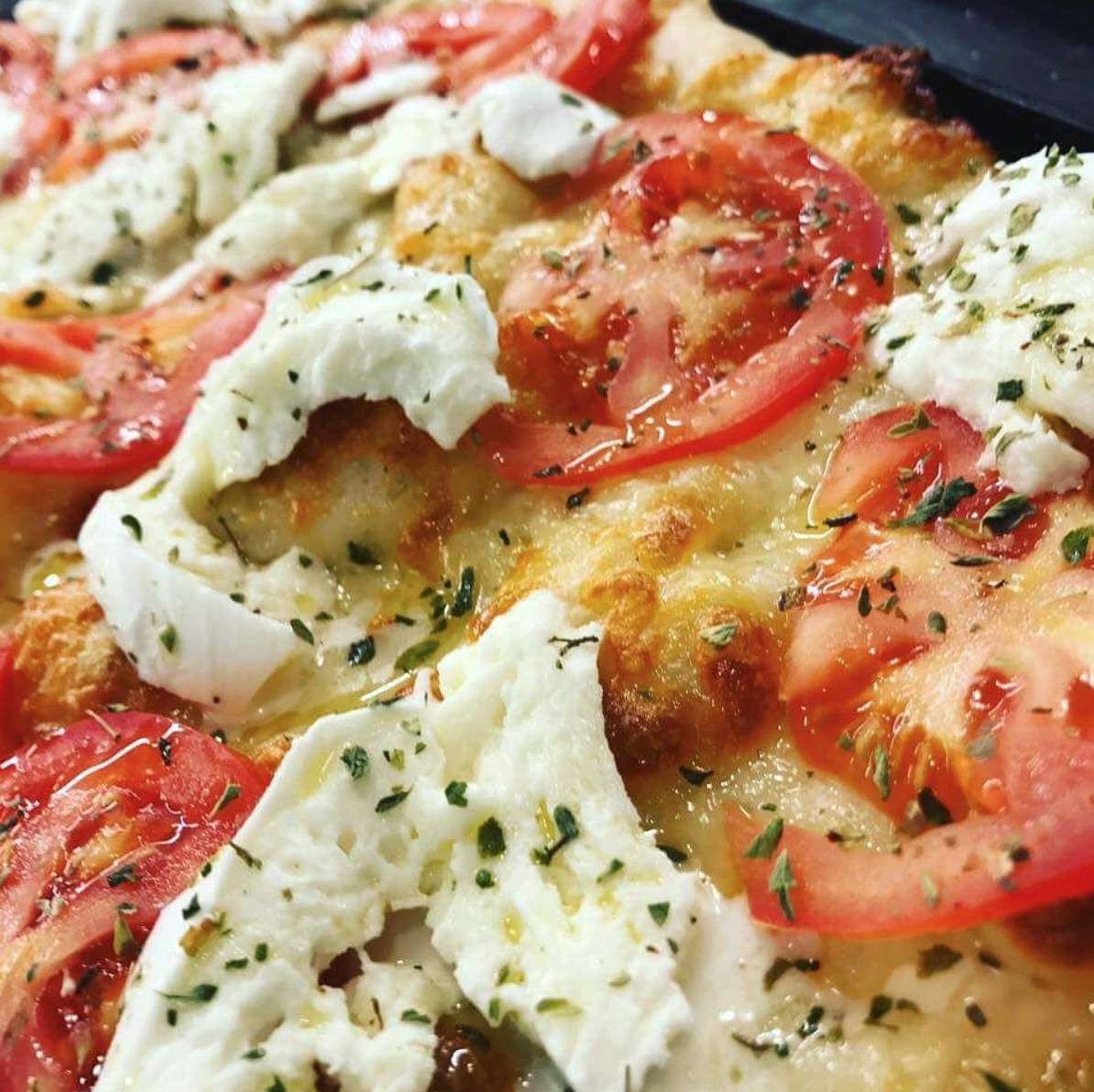

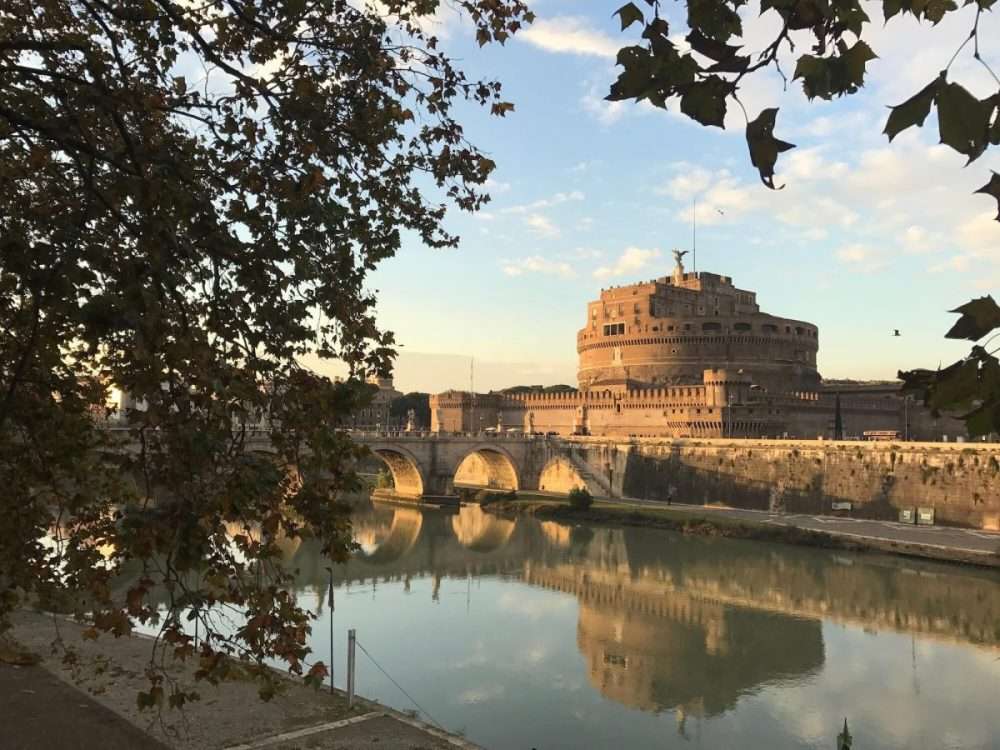

DAY 6 Rome Itinerary:
Explore Circus Maximus, Aventine, and Trastevere. This day is dedicated to magnificent sights and stunning views.
What to See in Rome:
Circus Maximus: Start your day at Circus Maximus (metro stop: Circo Massimo), which was the largest stadium in ancient Rome, accommodating 250,000 – 300,000 spectators. For two millennia, no venue has surpassed Circus Maximus in size! It was primarily known for athletic contests, but it became especially famous for chariot races that lasted from dawn till dusk.
Giardino degli Aranci: After visiting Circus Maximus, head over to Aventine Hill to discover the lovely Giardino degli Aranci, renowned for its orange trees and stunning terrace offering magnificent panoramic views of Rome. The path is lined with tall pine trees and white pebbles that lead you to a breathtaking viewpoint where you can catch a glimpse of the dome of St. Peter’s Basilica.
Keyhole of the Knights of Malta: Just 350 meters from Giardino degli Aranci, you’ll find the famous headquarters of the Knights of Malta. Peeking through the keyhole here grants a stunning view of St. Peter’s Basilica, but be prepared for a potentially long line.
Santa Maria in Cosmedin Church: Walk back toward Circus Maximus to see the Mouth of Truth (just 170 meters away). You don’t have to wait in line to take a photo with it unless you wish to pose with your hand inside! However, the nearby Santa Maria in Cosmedin Church, which features a beautiful Romanesque bell tower, is definitely worth a visit.
Villa Farnesina: After visiting Santa Maria in Cosmedin, cross the Palatino Bridge into the lively Trastevere neighborhood. Make your way to the Renaissance-style Villa Farnesina to admire Raphael’s stunning frescoes.
Lunch or Pasta-Making Class: Trastevere is known for its Roman cuisine. For lunch, I recommend Da Teo, Ai Bozzi da Giovanni, Da Enzo, or Osteria Le Mani in Pasta. Be sure to make a reservation. If you’re up for a hands-on experience, consider a Roman pasta-making class with Devour Tours in Trastevere, hosted in a lovely air-conditioned venue!
🍝 Book your pasta-making class
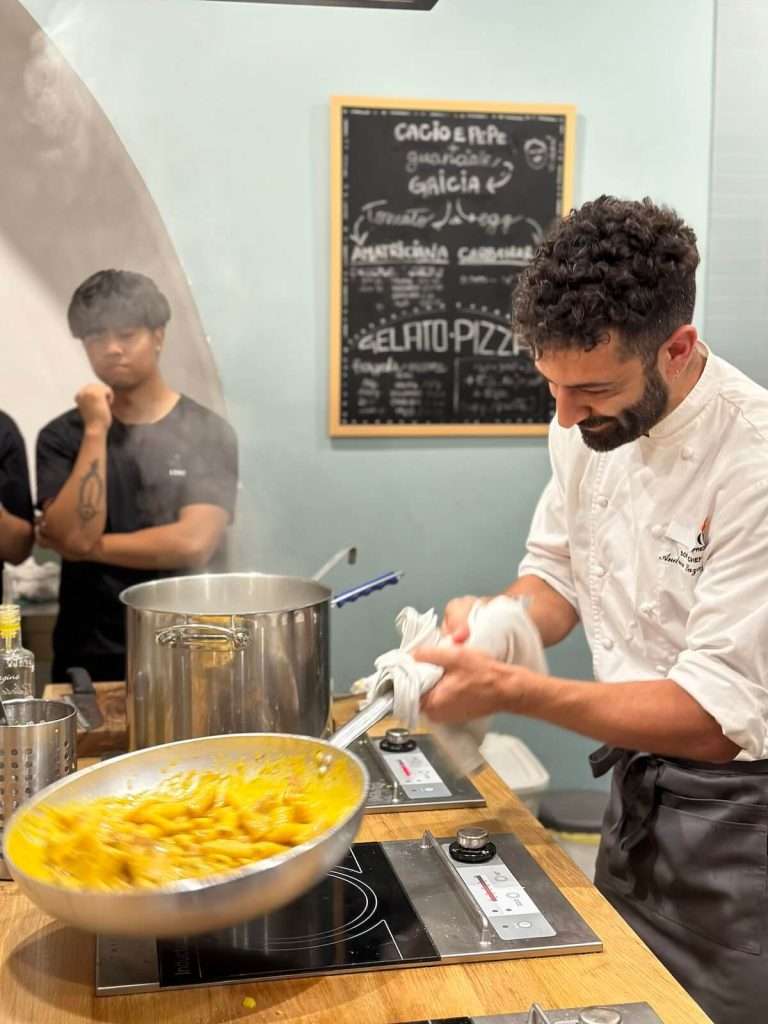

Explore Trastevere with Foxtrail: If scavenger hunts excite you, explore the lesser-known areas of Trastevere with Foxtrail—blending a scavenger hunt with an escape room experience. You can access your map and hints using a code hidden in a safe within Trastevere, following clues that guide you through Trastevere’s beautiful streets and squares while relishing nice views of Rome, an interactive, engaging way to explore! Read my complete review of Foxtrail here.
➡️ CHECK OUT FOXTRAIL’S TRASTEVERE ADVENTURE
Piazza Santa Maria in Trastevere: After your lunch, stroll around the Trastevere neighborhood, stopping at the beautiful square where the iconic Basilica di Santa Maria in Trastevere stands—one of Rome’s oldest churches and the first to openly celebrate mass. Its architecture dates back to 350 AD, but it underwent reconstruction in the1138-1148 period under Pope Innocent II, featuring beautiful mosaics from the 12th and 13th centuries and a noteworthy Romanesque bell tower.
Gelato Stop: Be sure to head over to Otaleg, my top pick for gelato in Rome, for a sweet treat to refresh yourself!
Fontanone dell’Acqua Paola: Continue to wander through the beautiful Trastevere area towards Gianicolo Hill, where you can visit Fontana dell’Acqua Paola, better known as Il Fontanone. This stunning fountain, built with the marble from the ruins of the Temple of Minerva, showcases a beautiful terrace offering another breathtaking view of Rome. It’s an essential stop to add to your itinerary, and the charming vintage Fiat 500s positioned near the fountain enhance the whole experience!
Terrazza del Gianicolo: If you love great views, hike up to the Gianicolo until you reach Piazza Garibaldi, where the panoramic terrace awaits, providing yet another spectacular view of Rome.
Where to Eat in Rome:
Lunch/Dinner: For lunchtime or dinner, stop by Trattoria Da Teo, Trattoria Da Enzo, Ai Bozzi da Giovanni, or Osteria Le Mani in Pasta for some of the best Roman cuisine in Trastevere. Reservations are essential!
